✓ Joining us on our Whatsapp Channel: 💬 Explore and Escape!.
Booking through us:
✓ 🏩 🛌 Handpicked Luxury Stays in Budget: Booking.com | Agoda.com
✓ 🍹⛱️ Deals on Private xfers, SIM Cards, City tours, Day trips : 📍🗺️ GetYourGuide | 🛵🧳 Klook
com/landmarks/oceania-landmarks/landmarks-of-australia/”>landmarks in Europe to see, with Jordan sharing quite a few of those!
Jordan is a land of ancient treasures, where history and culture merge to create a tapestry of awe-inspiring landmarks.
From the towering ruins of Petra to the magnificent Dead Sea, each landmark in the country is a testament to the extraordinary stories of the people who shaped it.
Like precious gems glittering in the desert, these landmarks beckon visitors from across the world, offering a glimpse into a unique and richly diverse heritage.
1. Petra
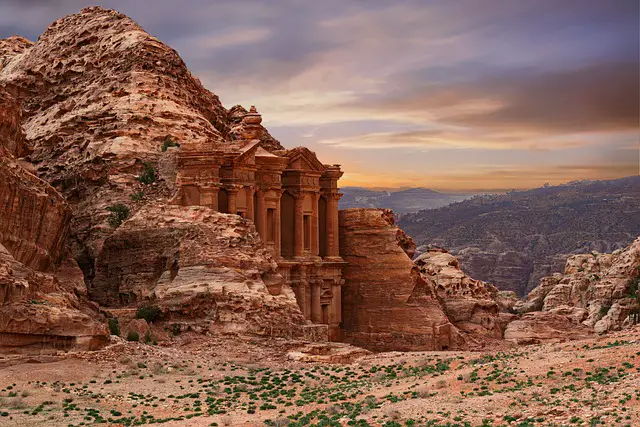
What to see or do:
Don’t miss:
Insider travel tips:
2. Wadi Rum
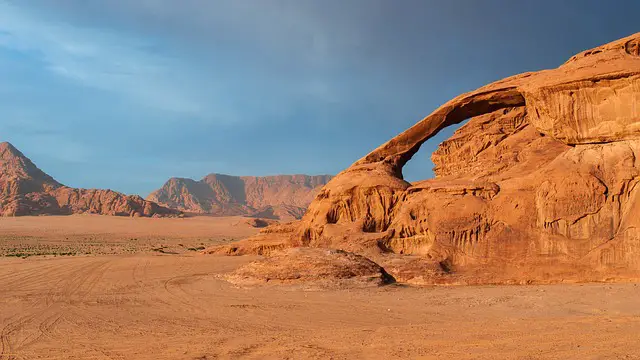
Wadi Rum is a valley located in southern Jordan, known for its stunning desert landscapes, sandstone cliffs, and ancient archaeological sites.
What to see or do:
Don’t miss:
Insider travel tips:
3. The Dead Sea
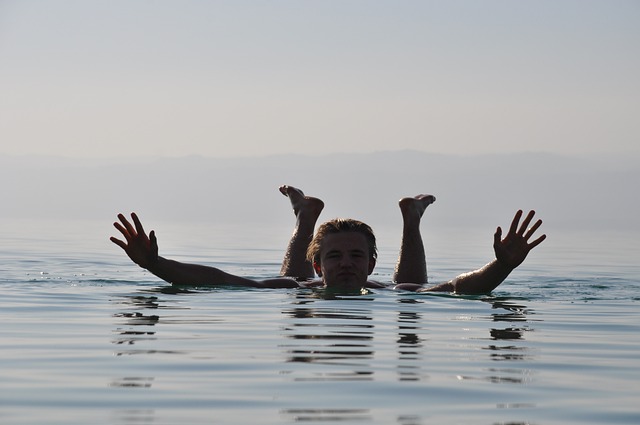
The Dead Sea is a saltwater lake located on the border between Israel and Jordan.
It is the lowest point on the Earth’s surface and is known for its high salt content and therapeutic mineral properties.
What to see or do: Visitors can float effortlessly on the surface of the water due to the high salt concentration. Swimming, sunbathing, and mud-packing are popular activities.
The clear and dry air is ideal for respiratory problems and the high barometric pressure is also beneficial for certain medical conditions.
Don’t miss: Watching the sunset over the Dead Sea is a must-do experience. The sky turns a mesmerizing shade of red and orange, reflecting beautifully off the water.
It is truly a magical sight to behold.
Insider travel tips: Be cautious of the high salt content and avoid getting any water in your eyes or mouth.
The minerals present in the mud are good for your skin, and local vendors sell various cosmetic products made from it.
It’s best to visit during the cooler months from October to April to avoid the extreme desert heat.
4. Jerash
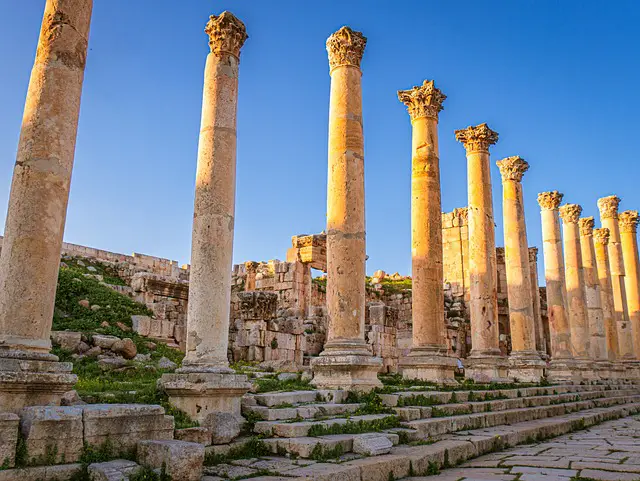
Jerash is a historical city located in northern Jordan, known for its remarkably preserved Greco-Roman ruins.
What to see or do: – Explore the vast Roman ruins, including the Oval Plaza, Hadrian’s Arch, and the Hippodrome.
Don’t miss: – The unique and mesmerizing sound acoustics of the South Theatre that could still be used today.
Insider travel tips: – Early morning visits are recommended to skip the crowds and hot weather.
5. Al-Maghtas
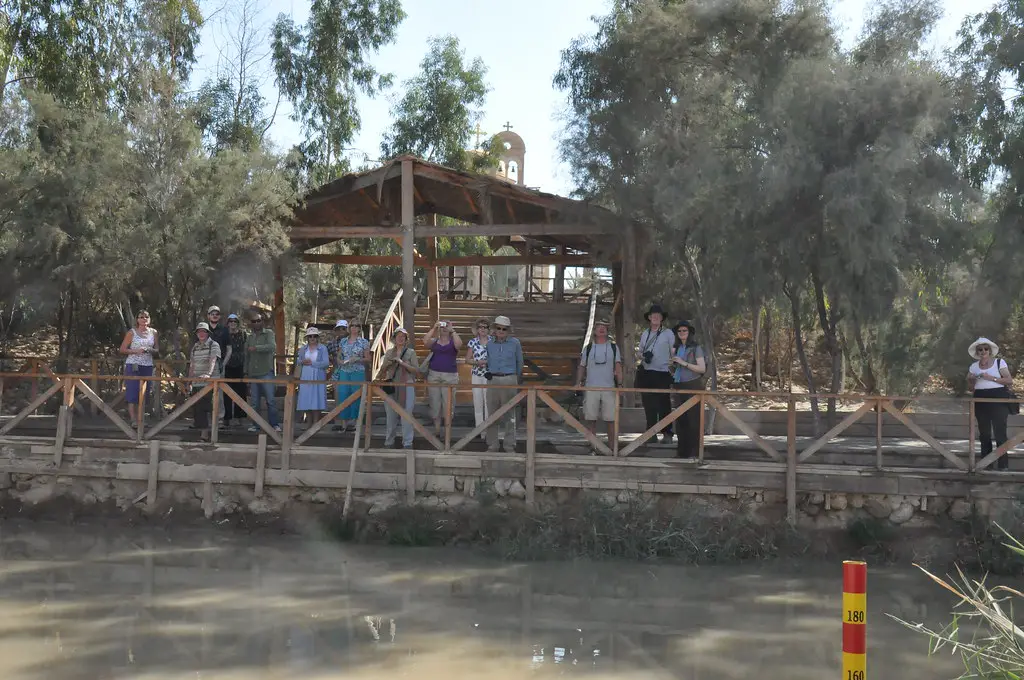
Al-Maghtas is a historical site located in Jordan that commemorates the baptism of Jesus Christ.
What to see or do: Visitors can explore the ancient ruins of several churches and monasteries dating back to the 5th century AD. The site also offers a chance to visit the Jordan River, where Jesus was baptized.
Don’t miss: The Baptism Site Museum, which houses a collection of artifacts and exhibits that provide insights into the history of the site and its significance.
Insider travel tips: To fully experience the site, it’s recommended to visit early in the morning or later in the day to avoid the crowds.
Visitors should also dress modestly and respectfully, as this is a sacred site for many Christians.
6. Aqaba
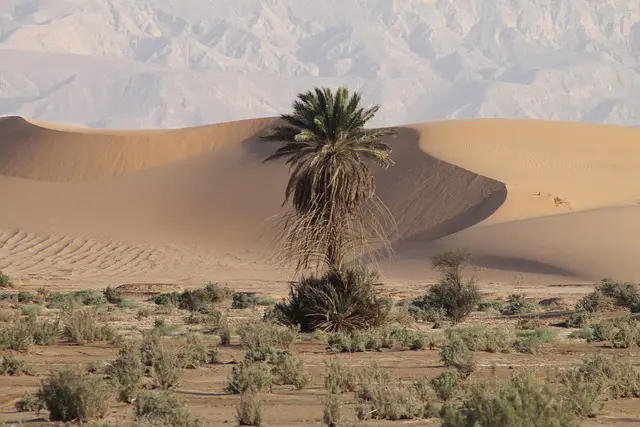
Aqaba is a coastal city located in the southern region of Jordan, famous for its historical and cultural significance, as well as stunning natural beauty.
What to see or do: Visit the Aqaba Fort, built in the 14th century, or the impressive Aqaba Archaeological Museum to learn about the city’s rich history.
Explore the beautiful underwater world of the Red Sea by snorkeling or diving and witness the vibrant marine life including tropical fish and colorful coral reefs.
Take a stroll through the charming streets of the city center, shop at the local markets and bazaars or unwind at the lovely sandy beaches.
Don’t miss: A visit to Aqaba Marine Park, where you can swim with dolphins or take a glass-bottom boat tour to view the coral reefs.
Don’t miss the opportunity to try out some local delicacies, such as hummus and lamb dishes, at one of the many restaurants in the city.
Insider travel tips: Visit during the off-season to avoid the crowds, or consider staying a few nights in one of the luxury resorts outside of the city for a more serene experience.
Take a day trip to Wadi Rum, a nearby desert famous for its surreal landscapes and incredible rock formations. Don’t forget to haggle when shopping at the local markets to get the best prices.
7. Dana Biosphere Reserve
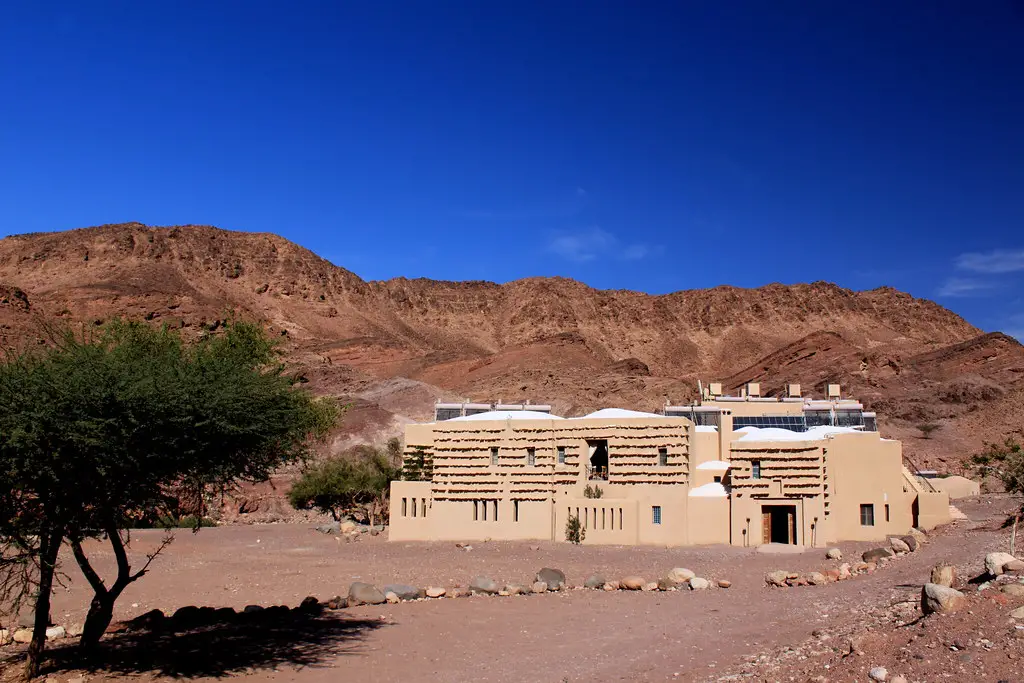
Dana Biosphere Reserve is a protected natural area located in southern Jordan, covering over 300 square kilometers of diverse ecosystems, including mountains, canyons, and desert.
What to see or do: Explore the stunning landscapes through hiking or mountain biking.
Take a guided tour to learn about the local wildlife, including endangered species such as the Nubian ibex and the Syrian wolf.
Visit the traditional Bedouin village of Dana and experience the local culture and hospitality.
Don’t miss: Spend a night in the eco-friendly Feynan Ecolodge, which utilizes solar power and other sustainable practices. Stargaze in the clear desert sky and enjoy local cuisine prepared by Bedouin chefs.
Insider travel tips: – Plan your visit during the spring or fall seasons for the best weather conditions.
8. Ajloun Castle
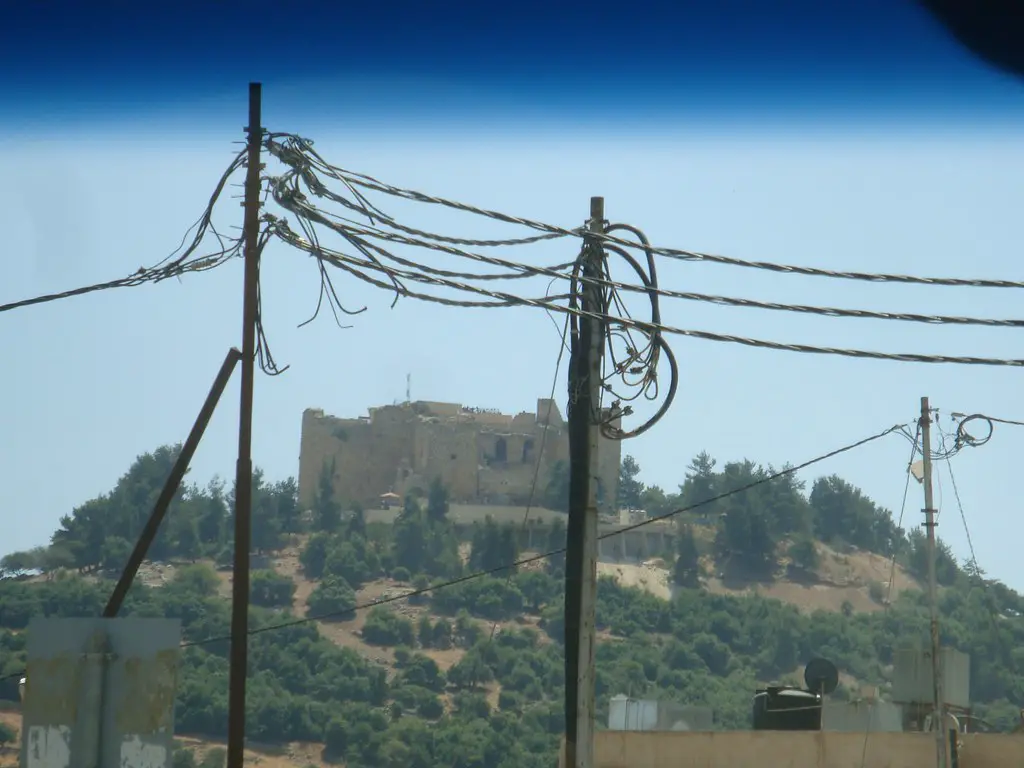
A medieval fortress located in Ajloun, Jordan that was built in the 12th century.
What to see or do: Explore the fortified walls and towers of the castle, including a mosque, armory, and dungeon. Take in the sweeping views of the surrounding countryside from the highest tower.
Don’t miss: The Ottoman-style mosque located within the castle walls, which was built in the 19th century.
Insider travel tips: Be sure to wear comfortable shoes as there are many stairs and uneven surfaces to navigate within the castle. Visit in the early morning or late afternoon to avoid crowds and enjoy the best lighting for photos.
9. Madaba
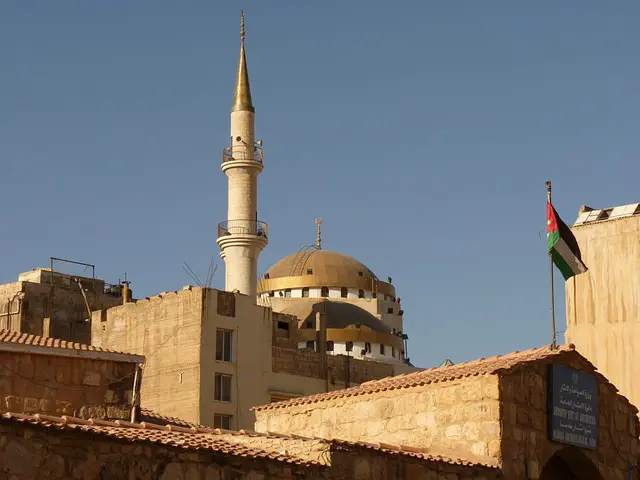
Madaba is a small town located south of Amman, Jordan.
What to see or do: – Visit the famous Madaba Mosaic Map, the oldest known map of the Holy Land.
Don’t miss: – Seeing the intricate mosaics found throughout the town, which showcase the impressive artistry of Jordan’s ancient civilization.
Insider travel tips: – Madaba is a small town, so it’s easy to navigate on foot. Wear comfortable shoes, as some of the streets can be uneven.
10. Pella
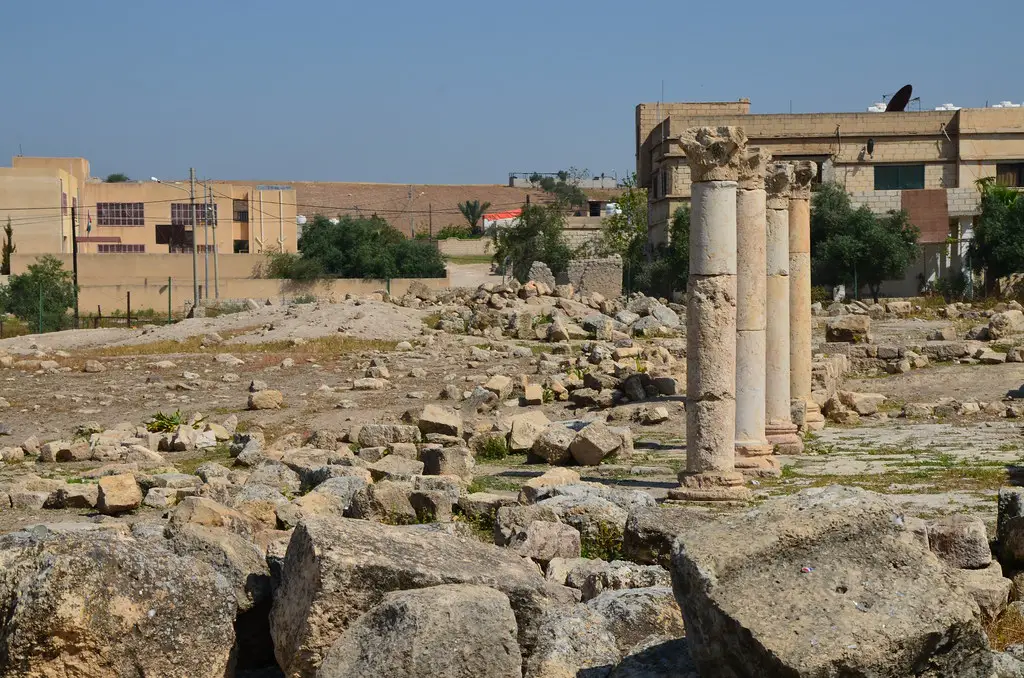
Ancient city located in northern Greece known for its rich history and archaeological site.
What to see or do: Explore the well-preserved ruins of the ancient city including the Agora, the Sanctuary of the Mother of Gods and the Houses of Dionysus and Alexander the Great.
Don’t miss: The impressive mosaics found in the Houses of Dionysus and Alexander the Great, showcasing intricate designs and vivid colors.
Insider travel tips: Visit early in the day or later in the afternoon to avoid the crowds, and wear comfortable shoes as there is a lot of walking involved.
Also, don’t forget to bring sunscreen and water during the hot summer months.
11. Um Qais
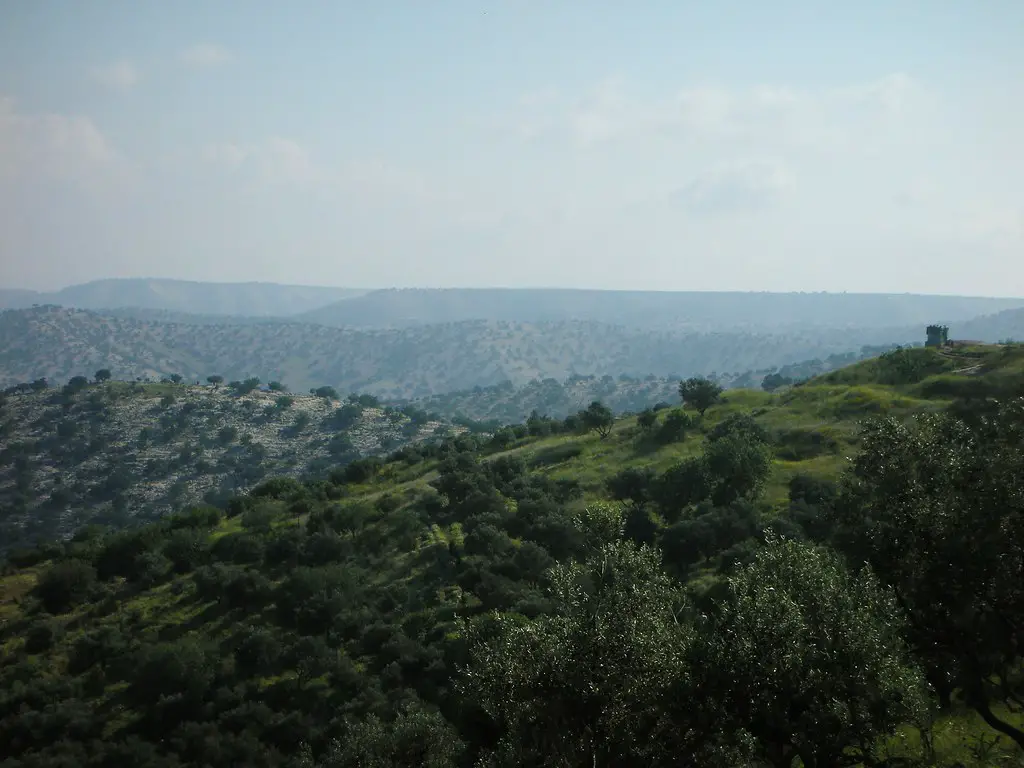
Um Qais is a historical site located in northern Jordan, near the borders of Syria and Israel.
What to see or do: Visitors can explore the ancient Greco-Roman city, including the ruins of a theater, a basilica, and a courtyard. The site boasts incredible panoramic views of the surrounding landscape and the Sea of Galilee.
Don’t miss: Make sure to visit the Ottoman-era village situated nearby, with its charming houses, narrow cobblestone streets, and traditional shops. Don’t miss the chance to try some local cuisine at one of the many restaurants.
Insider travel tips: Visit during the cooler months (October to April) to enjoy the city’s history without being overwhelmed by the heat. Hire a local guide to enhance your experience and learn more about the area’s fascinating history.
Don’t forget to bring sunscreen, as the sun can be quite harsh during the summer months.
12. Mount Nebo
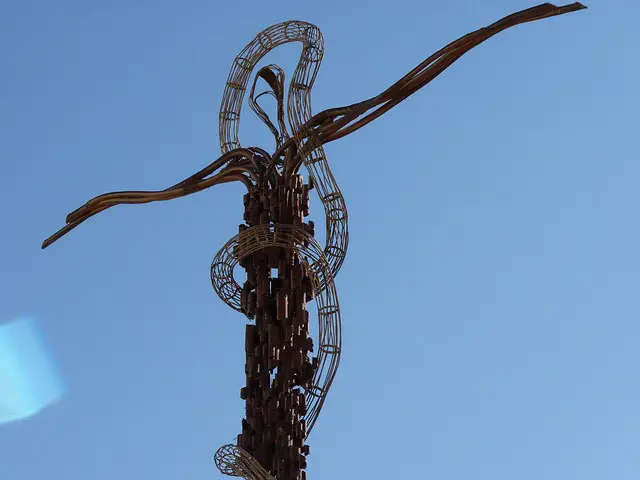
Mount Nebo is a biblical site located in Jordan, believed to be the place where Moses looked out at the Promised Land.
What to see or do: Visit the Mount Nebo Memorial Church and marvel at the stunning Byzantine mosaics, dating back to the 6th century. Walk along the Franciscan Archaeological Institute and witness excavated remains of early churches and monasteries.
Take in the stunning views of the Dead Sea and Jordan Valley from the lookout point.
Don’t miss: Check out the Brazen Serpent statue, which relates to the story of Moses erecting a bronze serpent to save the Israelites, as told in the Bible.
Insider travel tips: Bring comfortable shoes for walking and sun protection, as the weather can be hot.
Plan to visit early morning or late afternoon to avoid the crowds and enjoy the mesmerizing views during the golden hours.
Also, bear in mind that the site is considered sacred, so dress modestly when visiting.
13. Shobak Castle
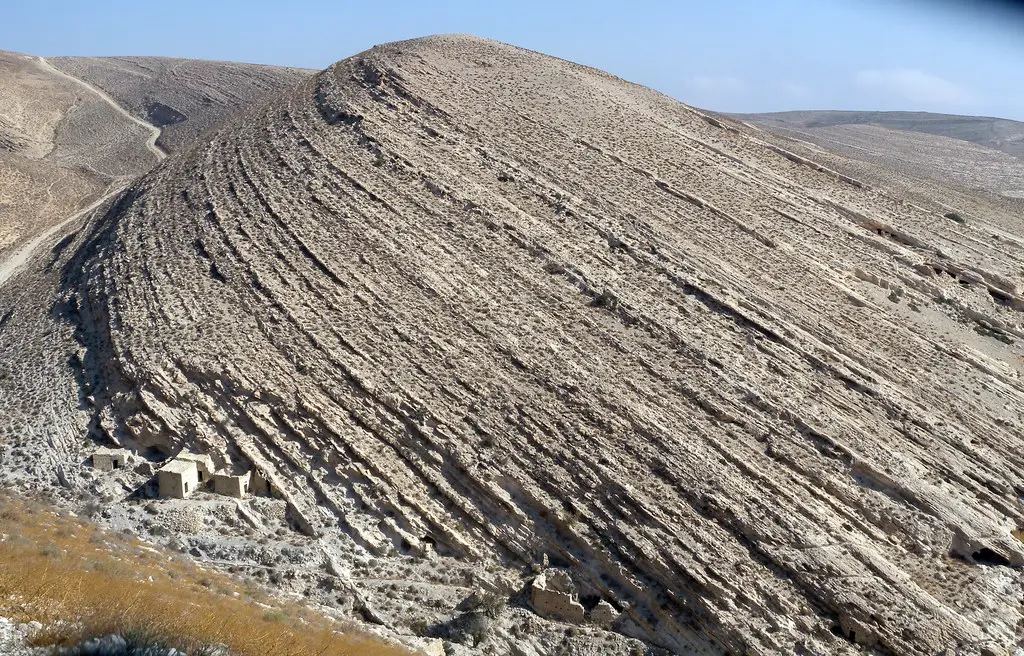
Shobak Castle is a Crusader castle located in Jordan, built in 1115 AD.
What to see or do: Visitors can explore the castle’s well-preserved ruins, including a church, a mosque, and a cistern. They can also climb up to the top of the castle to enjoy stunning views of the surrounding landscape.
Don’t miss: The underground Crusader chapel, which boasts stunning frescoes dating back to the 12th century.
Insider travel tips: Bring sunscreen and plenty of water, as the castle is located in a hot and dry area.
Visitors can also combine a trip to Shobak Castle with a visit to the nearby city of Petra for a truly memorable experience.
14. Little Petra
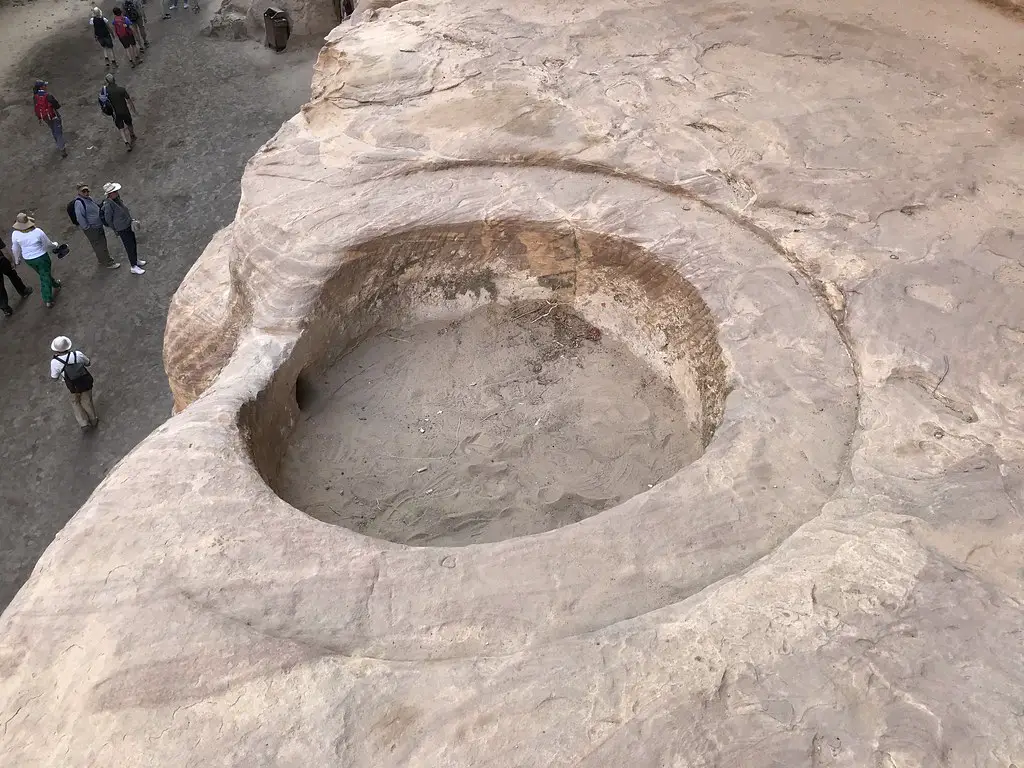
A smaller and less crowded version of Petra, located just a few kilometers away from the main site.
What to see or do: Explore the ancient ruins, including numerous caves and tombs, some of which date back to the 1st century AD. Little Petra is also known for its colorful frescoes and intricate stone carvings.
Don’t miss: The Siq al-Barid, a narrow canyon that leads to the heart of Little Petra. This scenic walkway is flanked by towering cliffs and offers stunning views of the surrounding landscape.
Insider travel tips: Little Petra is generally less crowded than Petra, but it can still get busy during peak season. To avoid the crowds, try visiting early in the morning or late in the afternoon.
You may also want to consider hiring a guide to help you navigate the area and learn more about its rich history.
Additionally, be sure to wear comfortable walking shoes, as the terrain can be steep and rocky in some areas.
15. Karak Castle
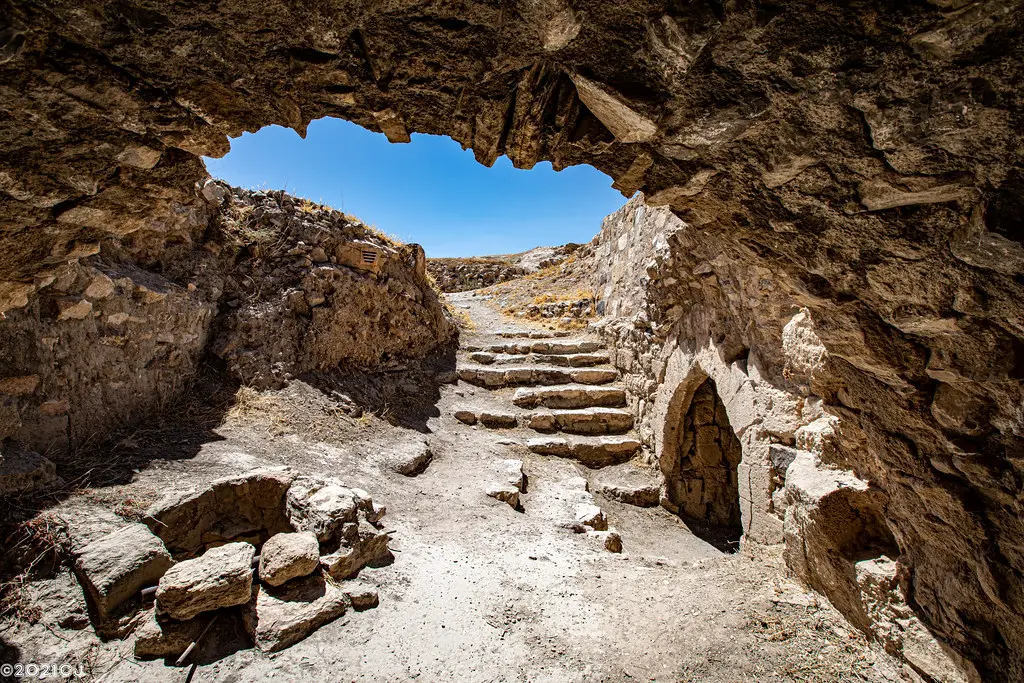
A historic castle located in Karak, Jordan, also known as the Crusader Castle.
What to see or do: Explore the castle’s impressive architecture and history. Visit the ancient ruins, which include underground passages, a maze of rooms, and a grand Crusader hall.
Enjoy the stunning views of the Dead Sea and the Jordanian landscape from the castle’s highest point.
Don’t miss: The castle’s Red Tower, which offers breathtaking views of the surrounding area.
Also, make sure to check out the museum inside the castle, which contains many fascinating artifacts and exhibits about the castle’s history.
Insider travel tips: Wear comfortable shoes and be prepared for a lot of walking and climbing stairs. Consider hiring a local guide to fully appreciate the castle’s history and significance.
Try to visit early in the morning or later in the day to avoid crowds.
16. Ma’in Hot Springs
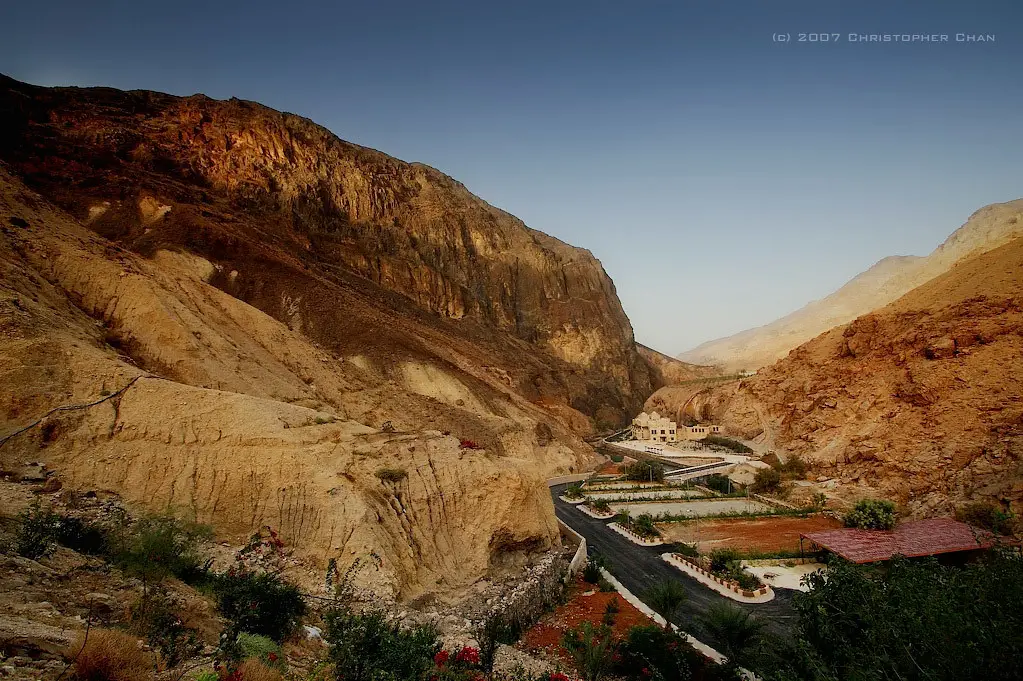
Ma’in Hot Springs is a series of naturally occurring thermal waterfalls located in the scenic mountains near the town of Ma’in in Jordan.
What to see or do: Visitors to Ma’in Hot Springs can soak in the mineral-rich hot water, which is said to have healing properties and is renowned for its ability to relax muscles and ease pain.
The hot springs tumble down a series of waterfalls, creating a breathtaking natural spectacle that visitors won’t soon forget.
Don’t miss: Don’t miss the opportunity to take a dip in the natural pools near the upper waterfall, where the water is at its hottest and most therapeutic.
The lower falls are also a popular spot for visitors, and offer a majestic backdrop for photos.
Insider travel tips: – The best time to visit Ma’in Hot Springs is in the late afternoon or early evening, when the temperature is cooler and the crowds are thinner.
17. Azraq Wetland Reserve
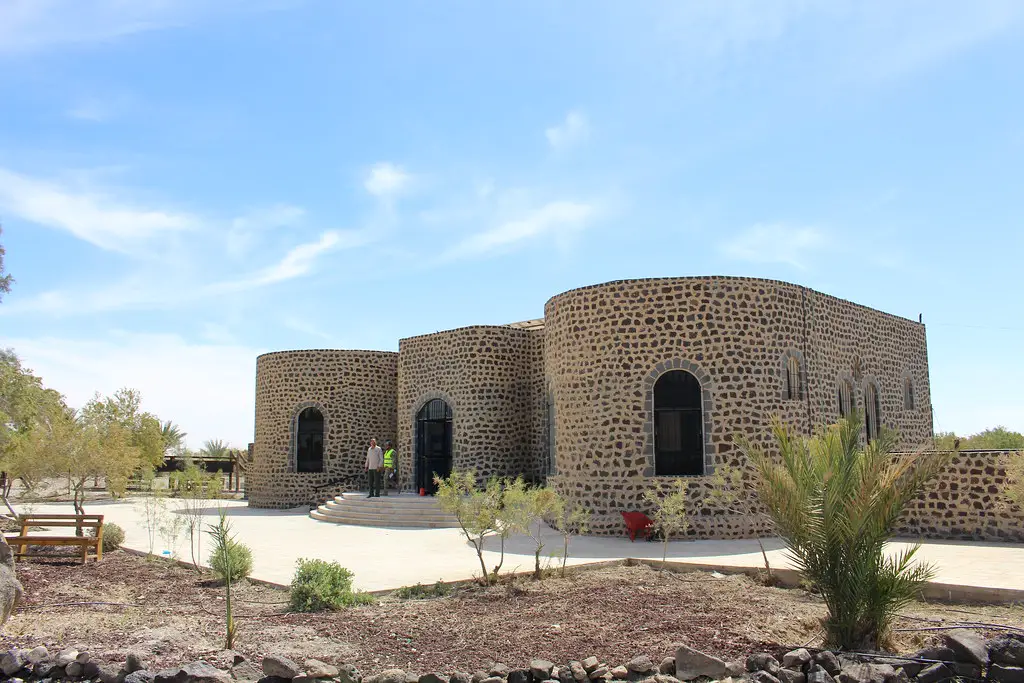
Azraq Wetland Reserve is a nature reserve located in the heart of Jordan’s eastern desert.
What to see or do: Visitors can observe wetlands, mudflats, and seasonal pools that are home to various migratory birds, as well as several species of mammals and reptiles.
The visitor center at the reserve provides educational displays and offers guided tours.
Don’t miss: The Azraq Wetland Reserve is famous for its three different types of spring, which pumps clear water from deep underground and creates unique ecosystems.
The reserve is also home to a variety of endangered species, including the Azraq Killifish and the Yellow-breasted Bunting.
Insider travel tips: Be sure to bring plenty of water and sun protection as summers can be extremely hot.
The best time to visit is during the migratory season from September to April, when over 300 species of birds pass through the area.
Visitors should also be aware that a portion of the reserve is a military zone and access is restricted.
18. Mukawir
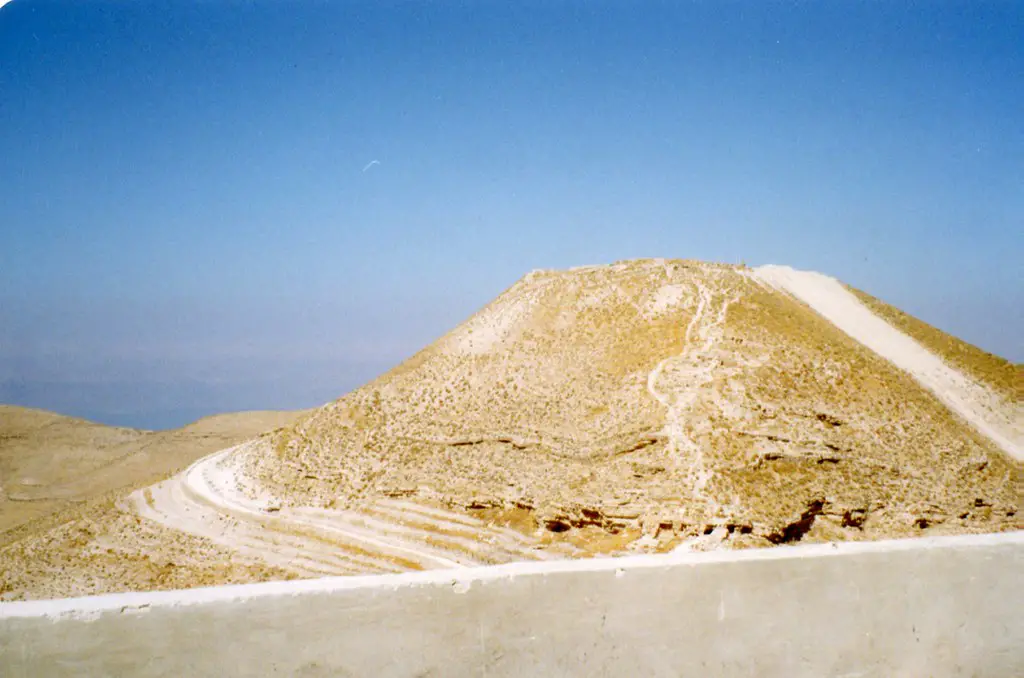
Mukawir is an ancient fortress ruins located in Jordan, perched on top of a hill overlooking the Dead Sea.
What to see or do: Visitors can explore the impressive remains of the fortress, including the palace, the church, the prison, and the courtyard area. The site also offers stunning panoramic views of the surrounding landscapes.
Don’t miss: Be sure not to miss the well-preserved underground water cisterns and tunnels, which were used by the inhabitants of the fortress to store water.
Insider travel tips:
19. Wadi Mujib
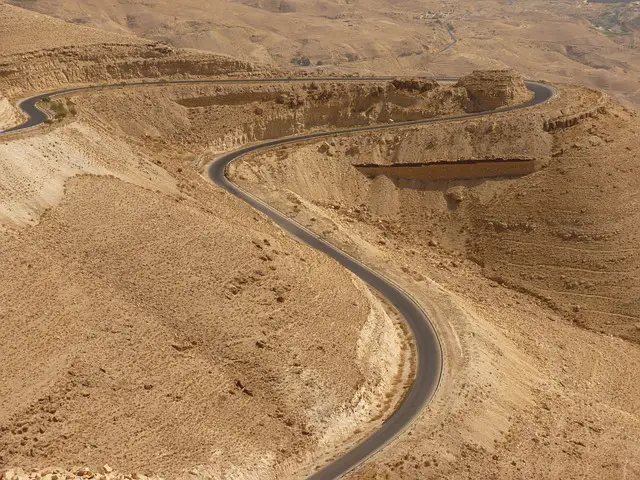
Wadi Mujib is a spectacular gorge located along the eastern shore of the Dead Sea in Jordan.
What to see or do: The main attraction in Wadi Mujib is hiking through the gorge and experiencing the stunning scenery. The trail involves wading through water and climbing over boulders, making it an exciting and immersive adventure.
Don’t miss: The highlight of Wadi Mujib is the 20-meter high waterfall that you’ll encounter at the end of the trail. It’s a breathtaking sight and the perfect place for a refreshing swim.
Insider travel tips: – Make sure to wear comfortable shoes with good grip, as the hiking trail can be slippery.
20. Qasr Kharana
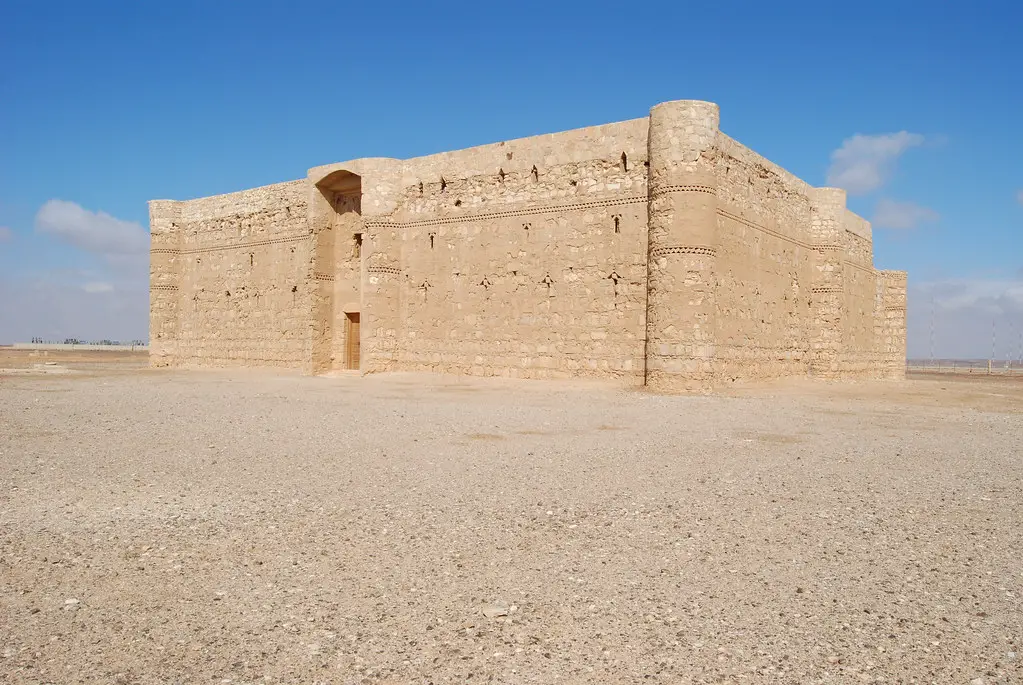
Qasr Kharana is a desert castle located in the eastern part of Jordan, near the Saudi Arabian border.
What to see or do: Visitors can explore the castle’s unique architecture, including its intricate exterior ornamentation and well-preserved interior rooms and passageways. The castle’s layout offers a glimpse into the lives and customs of those who inhabited it over a millennium ago.
Don’t miss: Be sure to take in the stunning desert landscape surrounding the castle, which is particularly beautiful during sunset. The castle’s location along ancient trade routes also makes it an interesting historical site.
Insider travel tips: Consider hiring a guide to help you fully appreciate the historical and cultural significance of this unique castle. Dress appropriately for the hot and dry desert climate, and bring sunscreen and plenty of water to stay hydrated.
Plan to arrive early or later in the day to avoid the crowds.
21. Jordan Archaeological Museum
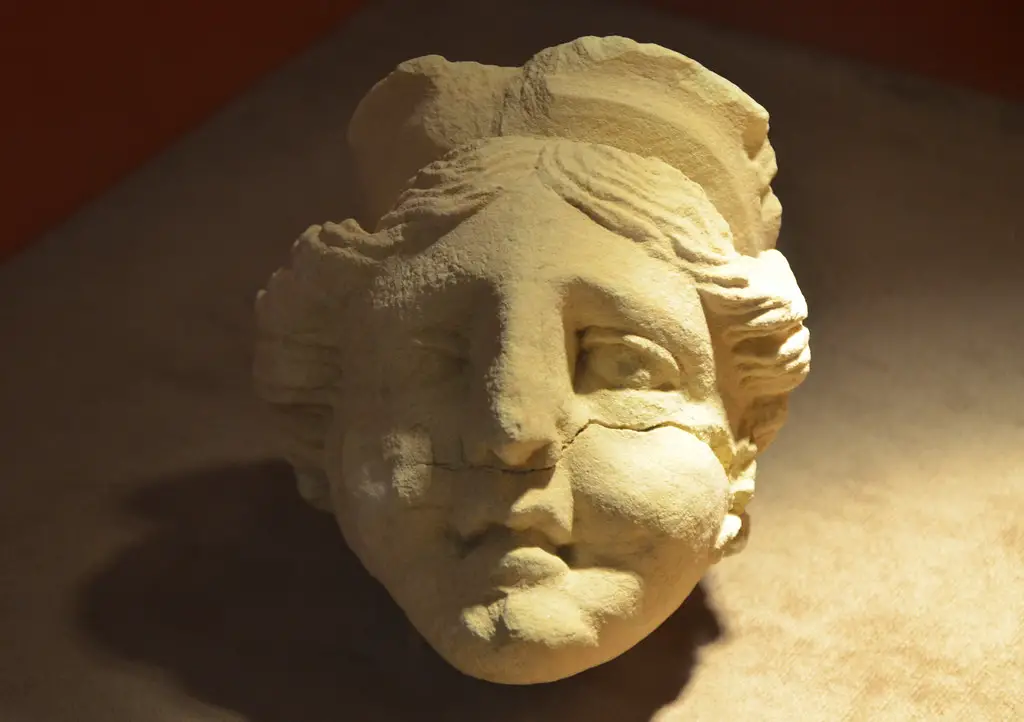
The Jordan Archaeological Museum is a national museum located in Amman, Jordan, dating back to 195It houses archaeological findings from various historical periods in Jordan.
What to see or do: Visitors can explore the museum’s extensive collection which includes artifacts from the Paleolithic, Neolithic, Bronze, Iron, Nabatean, Greek, Roman, Byzantine and Islamic periods.
The displays include pottery, jewelry, coins, mosaics, statues, and many other objects that highlight Jordan’s rich history.
Don’t miss: Make sure to see the Dead Sea Scrolls, the Ain Ghazal statues, the world’s oldest known statues made by human beings, and a fully restored 8th-century Islamic palace.
Insider travel tips: The museum is closed on Tuesdays.
22. Islamic Museum
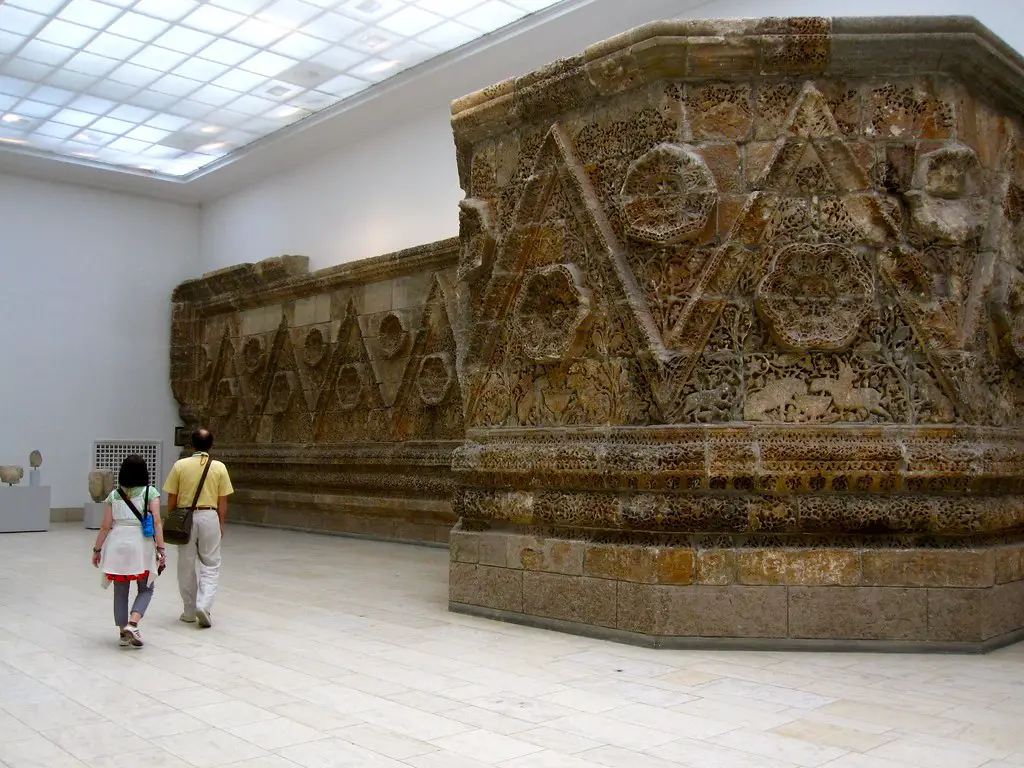
The Islamic Museum showcases the Islamic art, history, and culture of Malaysia and the world.
What to see or do: Visitors can explore various collections from calligraphy and Quranic manuscripts to weaponry, textiles, ceramics, and jewelry. The museum also features interactive exhibits, including a replica of the Kaaba and a prayer room.
Don’t miss: Don’t miss the museum’s exquisite collection of rare Quranic manuscripts and its display of Islamic clothing and textiles.
Insider travel tips: The museum is located in the heart of Kuala Lumpur, near the National Mosque and the Old Kuala Lumpur Railway Station.
Visitors can easily access the museum by taking a train or bus to KL Sentral and then a short taxi or Grab ride to the museum.
Plan to spend at least a few hours exploring the museum and learning about Islamic art and culture.
23. King Abdullah Mosque
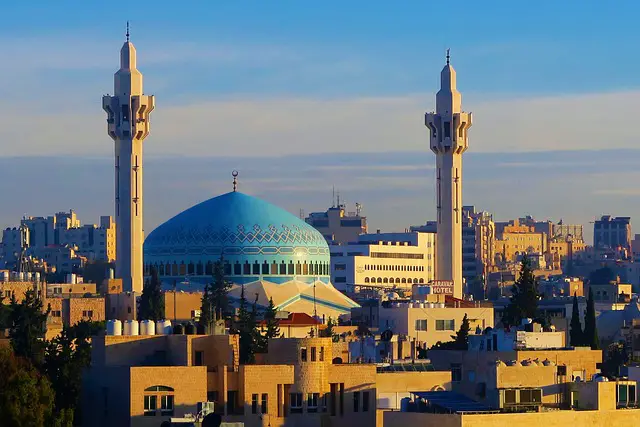
King Abdullah Mosque is one of the largest and most impressive mosques in Amman, Jordan.
What to see or do: Visitors can marvel at the stunning architecture and intricate designs of the mosque’s exterior and interior.
The main prayer hall can accommodate up to 10,000 worshippers and features a beautiful chandelier and a Qibla wall adorned with Arabic calligraphy.
Don’t miss: Don’t miss the opportunity to climb to the top of the mosque’s minaret for breathtaking views of Amman and its surroundings.
Insider travel tips: Remember to dress modestly when visiting the mosque – both men and women should cover their shoulders and legs. Also, visitors should be respectful of worshippers and avoid disturbing prayers or taking photos during prayer times.
24. King Hussein Bin Talal Mosque
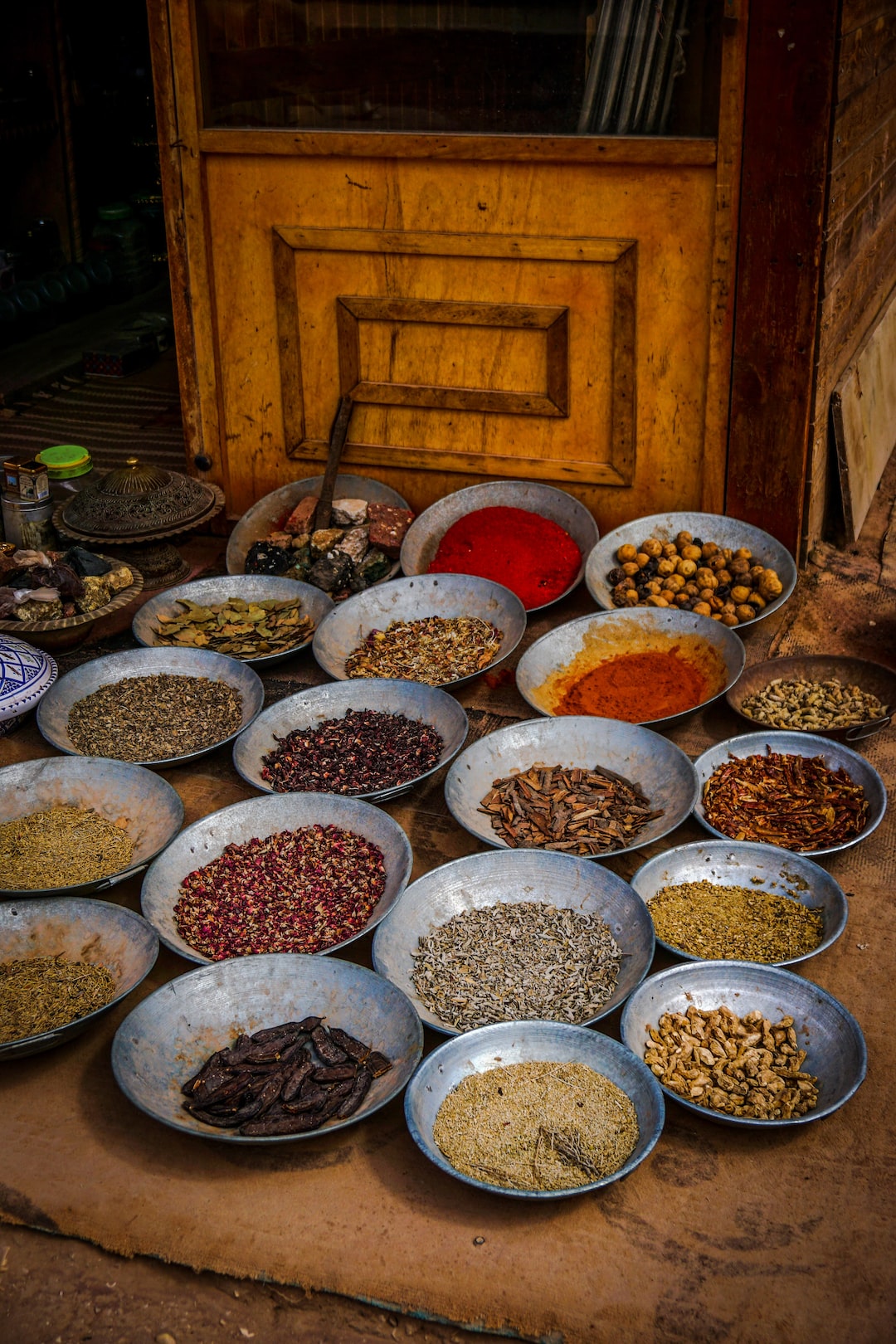
A prominent mosque located in Amman, Jordan named after King Hussein Bin Talal.
What to see or do: Visitors can see the stunning Islamic architecture of the mosque, including its four minarets and impressive dome. The mosque can hold up to 7000 worshippers.
Don’t miss: The intricate details and design of the mosque’s interior, which includes calligraphy, mosaics, and marble flooring, are a must-see. Visitors should also explore the beautiful gardens surrounding the mosque.
Insider travel tips: Visitors should dress modestly and remove their shoes before entering the mosque. Non-Muslims are not allowed to enter during prayer times.
It is recommended to visit the mosque during the early morning hours to avoid crowds.
25. The Royal Automobile Museum
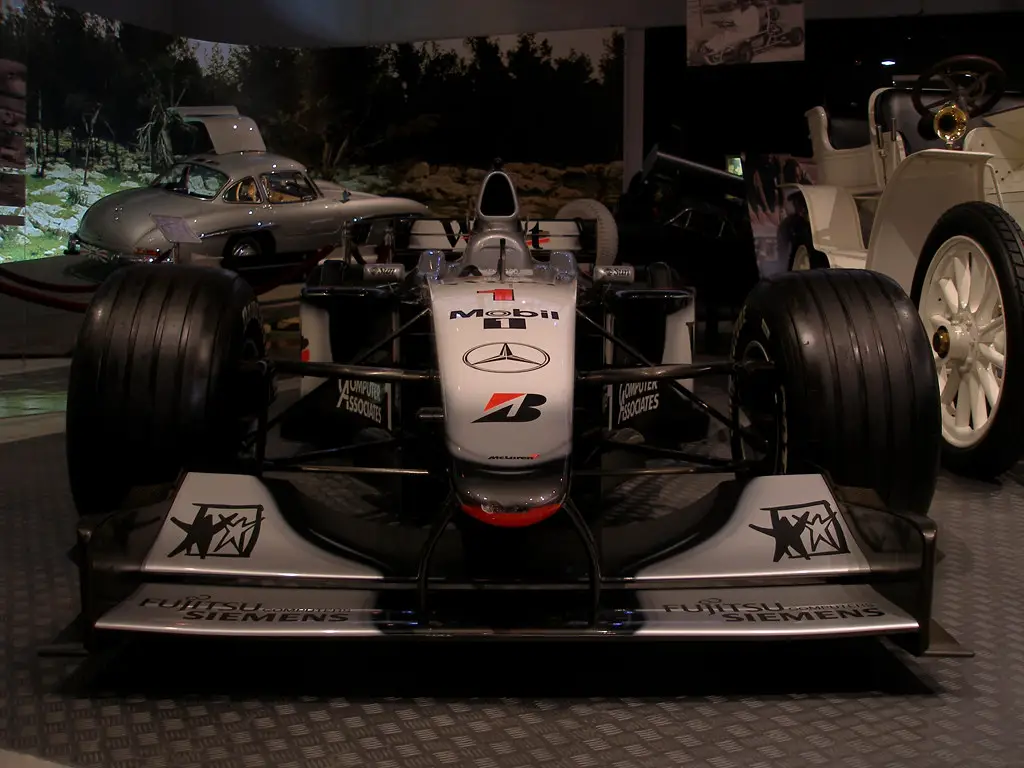
The Royal Automobile Museum is a modern museum in Amman, Jordan that showcases the history of the automobile and the royal family’s collection of cars.
What to see or do: Visitors can explore the museum’s extensive collection of classic, vintage, and modern luxury cars that once belonged to the Jordanian royal family.
The museum has over 70 vehicles on display, including the first car ever owned by King Abdullah II.
Don’t miss: Don’t miss the chance to see the impressive collection of cars used by the royal family over the years. Visitors can also view photographs and memorabilia related to the cars and the history of Jordan.
Insider travel tips: – The museum is located within the grounds of the King Hussein Business Park, which is easily accessible by taxi or car.
26. National Gallery of Fine Arts

A world-renowned art museum located in Washington D.C.
What to see or do: The National Gallery of Fine Arts houses one of the largest collections of fine arts in the world, spanning from ancient times to the present day.
Visitors can explore the gallery’s vast collection of American and European paintings, sculptures, photographs, and more.
Don’t miss: Some of the most iconic pieces in the gallery include Leonardo da Vinci’s portrait Ginevra de’ Benci, Vincent van Gogh’s self-portrait, and Johannes Vermeer’s iconic painting, Girl with a Pearl Earring.
Insider travel tips: Admission to the gallery is free, but some special exhibitions may require a fee. It’s best to purchase tickets in advance.
Visitors should also plan to spend at least a few hours exploring the gallery and taking in the impressive collection. Additionally, the West Building’s rooftop terrace offers stunning views of the National Mall.
27. Royal Botanic Garden
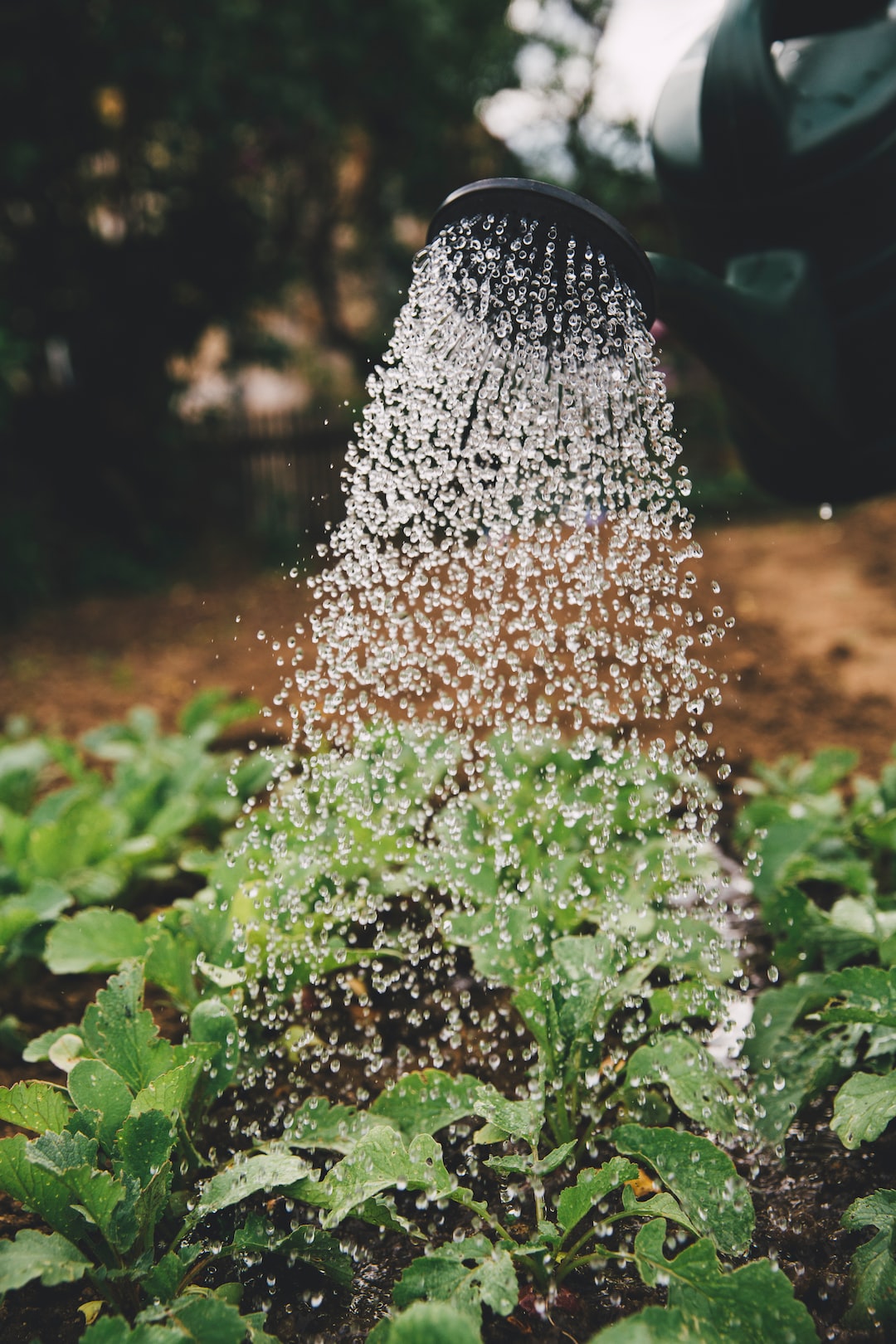
A large botanical garden located in the heart of Edinburgh.
What to see or do: Take a leisurely stroll through the gardens and admire the stunning displays of plants, flowers, and trees from all over the world.
Check out the various greenhouses, including the Victorian Palm House and the Tropical Palm House, which are home to a variety of exotic plants.
Take a guided tour to learn more about the garden’s history and collection.
Don’t miss: The Rock Garden, which features a variety of alpine plants and unique rock formations. The Queen Mother Memorial Garden, a peaceful oasis located in the heart of the garden.
The Royal Botanic Garden Edinburgh also hosts various events throughout the year, so make sure to check the calendar before your visit.
Insider travel tips: The garden is free to enter, but there is a small fee to enter the glasshouses.
The garden can get busy during peak tourist season, so try to visit early in the morning or later in the day for a more peaceful experience.
Make sure to wear comfortable shoes, as the garden is quite large and there is a lot of walking involved.
28. Amman Roman Theatre
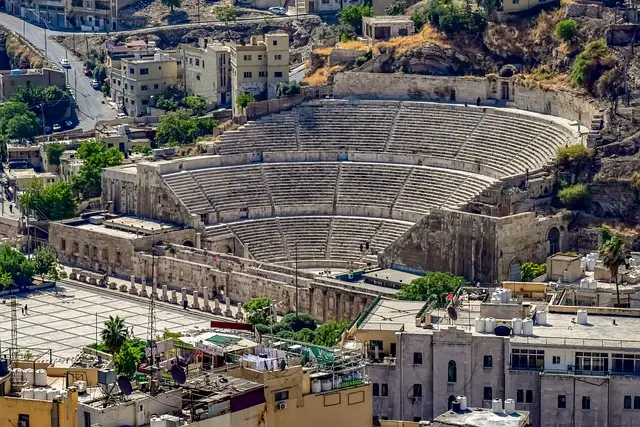
The Amman Roman Theatre is a historic landmark located in downtown Amman, Jordan.
What to see or do: Visitors can take a tour of the site, which dates back to the 2nd century AD, and learn about the unique architectural and cultural significance of the theatre.
The theatre also hosts various cultural events and performances throughout the year, attracting both locals and tourists.
Don’t miss: The breathtaking view of the downtown area and citadel from the top of the theatre is not to be missed. Additionally, visitors should also look out for the intricate carvings and inscriptions on the theatre’s columns and walls.
Insider travel tips: To beat the crowds and avoid the heat, it’s best to visit the theatre early in the morning or late in the day.
Visitors should also wear comfortable shoes as the site requires a lot of walking and climbing up steep stairs.
Be sure to bring a camera for capturing some stunning photos of the historic theatre and the panoramic view of Amman.